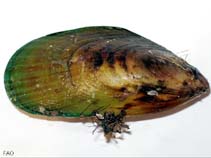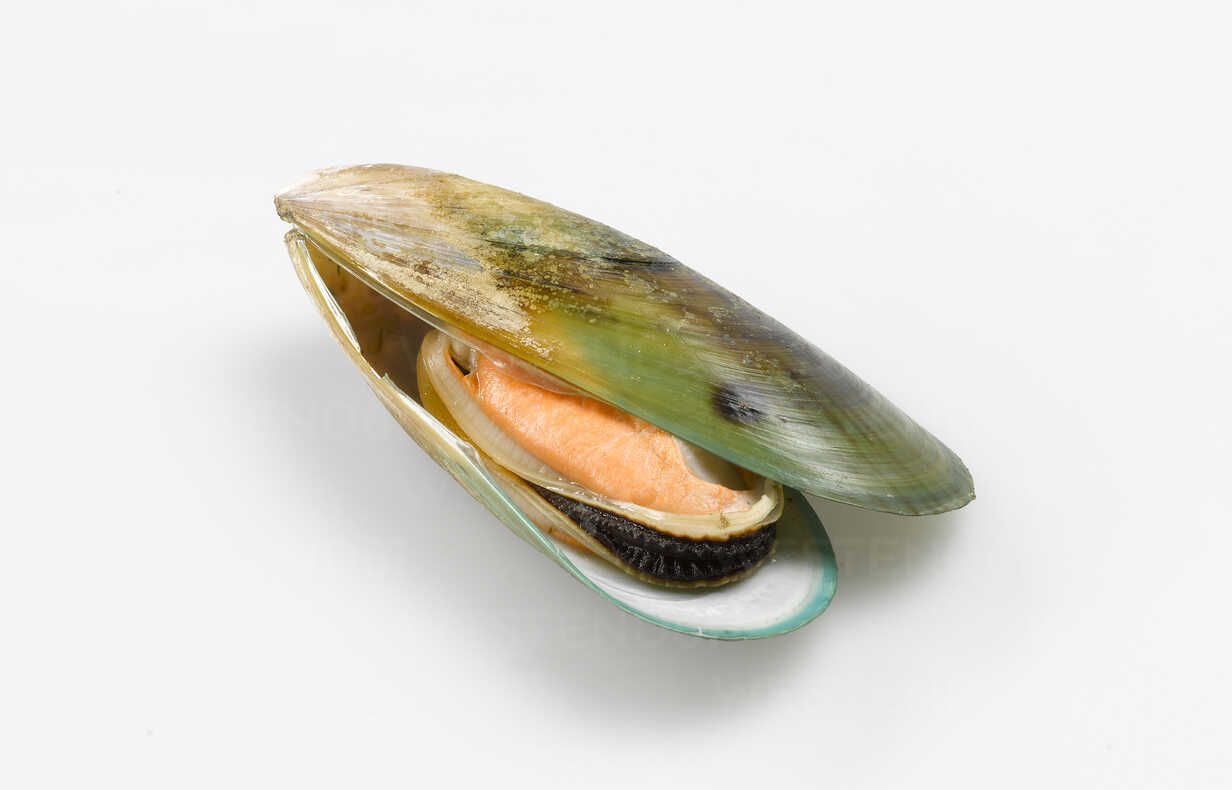

Common names for Mussel
Blue mussel, bay mussel
Other languages for Mussel
- French name: Moule commune
- Italian name: Cozza
- German name: Miesmuschel
Introduction to Mussel
Once despised, the blue mussel has blossomed into an aquaculture and gastronomic success story. While mussels thrive in their natural habitats, they are also farmed throughout Europe and on both coasts of North America. Maine is the biggest producer in the United States, although the domestic market also imports farmed mussels from Canada’s Prince Edward Island and China and South America in smaller quantities. Washington is the primary source of farmed blue mussels on the Pacific Coast. Wild mussels are found in the intertidal zone on rocks and pilings, as well as in beds up to 30 feet deep. Mussels are farmed on ropes or hung in mesh tubes from rafts. Off-bottom methods are preferred because to their rapid development, minimal predation, decreased sand buildup, superior flavor, and increased meat production. Mussels grown in captivity are collected when their shells reach a size of 2 to 3 inches. They are more expensive than wild, but are often worth the additional expense. Examine the shell to differentiate it from wild mussels. The shells of farmed oysters are thin and black; the shells of wild oysters are thicker and silvery.
Product profile for Mussel
Blue mussels have a rich, sweet flavor that tastes like a cross between oysters and clams. Mussels should have a fresh appearance and scent, as well as securely closed shells. Mussel meat varies in color from white to orange and is plump and tender, though not as soft as clam meat. Quality isn’t determined by color. When ripe, females are orange (they’re safe to eat and, unlike oysters, don’t taste greasy when they’re about to spawn). If the shell of a mussel gapes, squeeze it close. If the mussel is still alive, it will close its shell firmly. If it doesn’t, toss the mussel and any others with cracked shells.
Cooking tips for Mussel
Mussels use their beards, or byssus threads, to attach themselves to a developing substrate. Prior to cooking, the beard should be shaved. Mussels are finest cooked in a herb-and-garlic-seasoned water, wine, or cream broth. Serve cold, gently seasoned mussel meats in a mayonnaise, mustard, and garlic sauce, or cook mussel meats in pasta salads or as an appetizer. Mussels are also delicious in seafood soups and stews such as cioppino and bouillabaisse.
Nutrition facts for Mussel
Calories: 86 Fat Calories: 20 Total Fat: 2.2 g Saturated Fat: 0.4 g Cholesterol: 28 mg Sodium: 286 mg Protein: 11.9 g Omega 3: 0.5 g
Primary product forms for Mussel
Live Fresh: Meats Frozen: Whole-shell (steamed), Halfshell (steamed), Meats (steamed), Blocks (meats) Value-added: Marinated meats, Smoked meats, Pickled meats, Frozen (breaded or battered meats), Canned meats (stews)
Global supply for Mussel
Canada, Chile, China, France, Italy, Korea, Spain, UK, United States, Iran